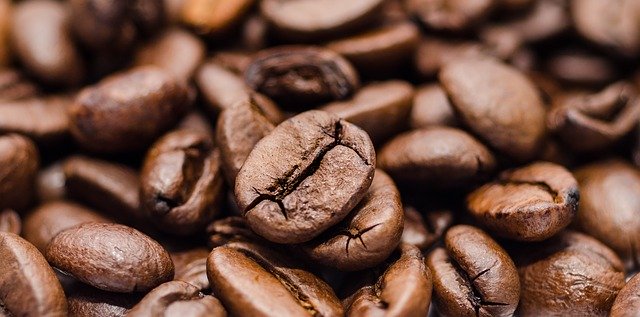Coffee history and origin:
Coffee was most likely discovered in Ethiopia. It later spread to Yemen and Medina, where it was brought by warriors during their conquests. Coffee trees are shrubs or tall trees that bear a kernel that encases a hard seed, the coffee bean. The quality of coffee depends on careful harvesting of the fruit.
Coffee harvesting and roasting:
In less developed countries, coffee berries are shaken directly on the ground or on pre-laid tarps. In Arab countries, coffee berries are shaken directly on the ground or on pre-wrapped tarps. In Arab countries, coffee berries are left on trees or bushes to ripen until they fall to the ground.
Coffee roasting is considered a kind of art. This technique is the most important stage in the preparation of coffee. If coffee is not roasted properly, even the best coffee will spoil.
Types of coffee beans:
– Arabica: Arabica coffee beans are sensitive to growing and natural conditions. It is suitable for those who seek harmony and finesse in their coffee. It is suitable for coffees at high altitudes. Arabica contains more caffeine, and its taste is more acidic and earthy. It is recommended for those who want to enjoy high quality coffee.
[Robusta: Tends to be grown in the southern lowlands. Requires more heat for ripening. The taste is somewhat earthy and unpleasant to some. Robusta varieties are suitable for those who enjoy coffee on a daily basis in the form of caffeine.
Coffee Tidbits:
PiccoloandAlgerian coffeedo not exist. These two coffees can still be ordered in cafes, even though they have nothing to do with coffee. When you order piccolo, the café automatically serves you a classic espresso. Algerian coffee exists only in the Czech Republic.
65]Drinking three or more cups of coffee a daycan reduce the risk of liver disease by up to 50%. Coffee is effective in preventing liver cancer.
The most expensive coffee in the world is made from feces. Coffee has a unique chocolate-like flavor because it passes through the digestive tract during the fermentation process.